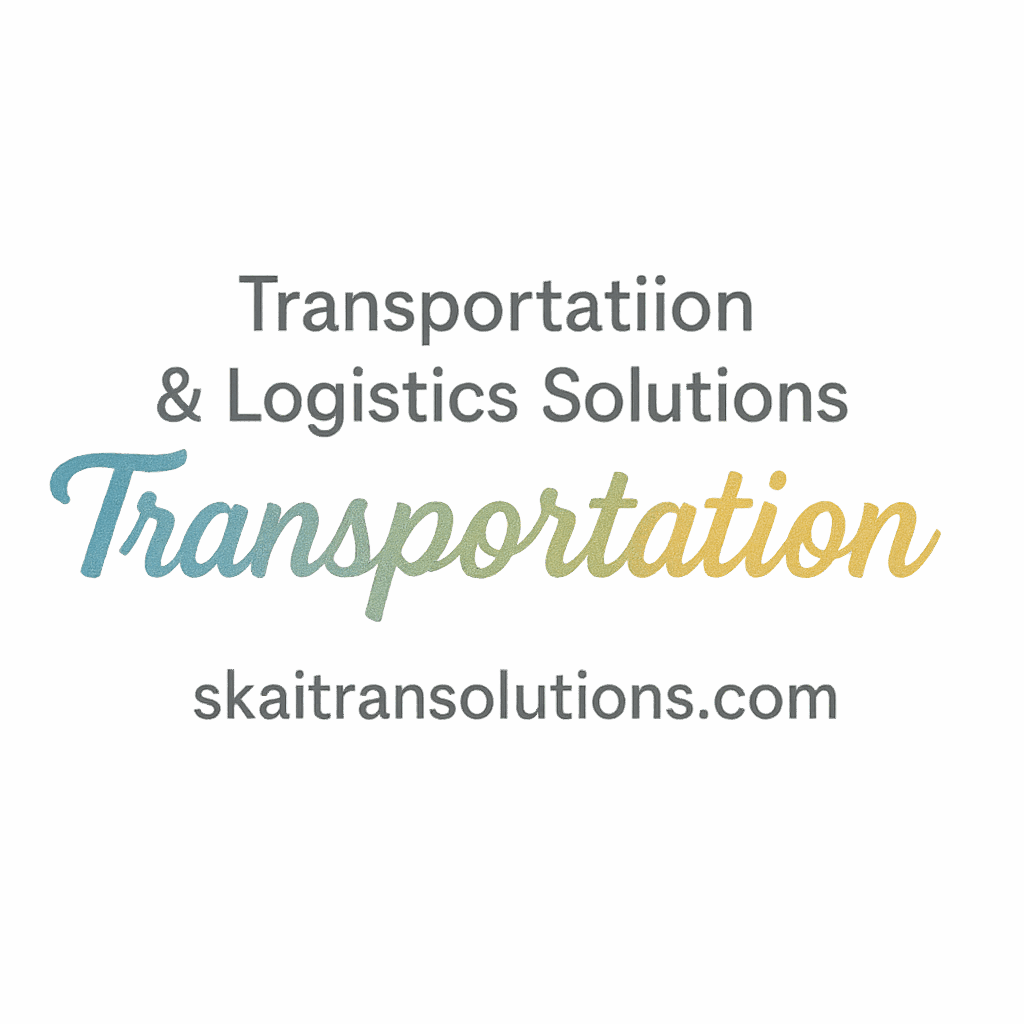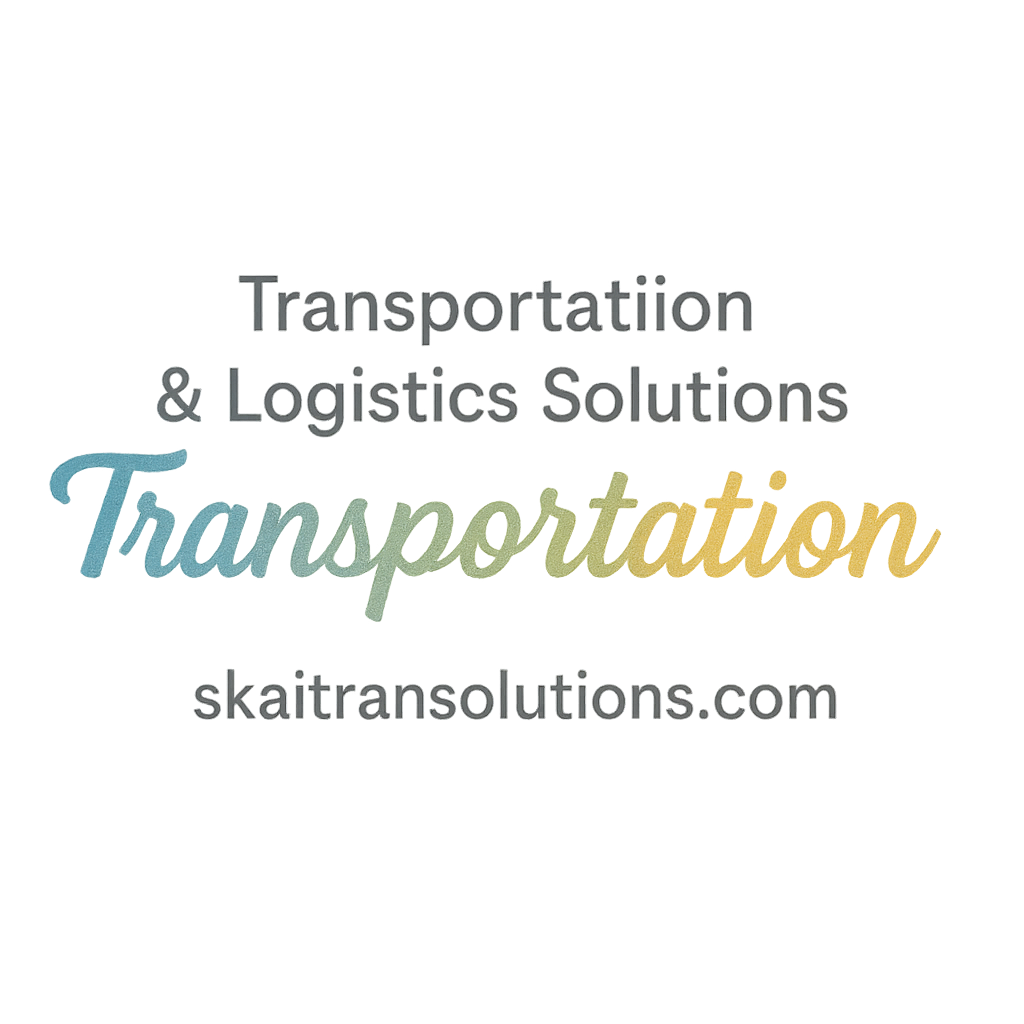Let’s be real — in today’s fast-moving, tech-fueled world, customers expect updates instantly, answers quickly, and service that’s as smooth as a freshly paved highway. If you’re in the transportation industry, customer communication isn’t just a “nice-to-have” — it’s a must. Let’s dive into 10 powerful ways to enhance transportation customer communication and keep your business miles ahead of the competition.
Why Customer Communication Matters in Transportation
Building Trust Through Transparency
You know the feeling when a customer says, “Where’s my delivery?” and you’ve got no real-time answer? Not fun.
Transparent communication builds trust. It gives customers a sense of control and peace of mind, especially when their goods are riding hundreds or thousands of miles across states or countries. With transparency, your brand becomes more than a service — it becomes a dependable partner.
Want to go deeper into trust and safety? Read more at Customer Experience & Safety.
Avoiding Misunderstandings and Delays
Poor communication can lead to missed pickups, delayed deliveries, and frustrated customers. That’s bad news for your reputation, KPIs, and retention.
But here’s the good news: with the right strategies, you can improve everything from metrics to customer satisfaction scores.
1. Leverage Real-Time Communication Tools
Use of GPS Tracking Systems
Customers love knowing where their shipment is — in real time. Integrate GPS tracking into your customer portals or apps. Let them follow the journey like they’re watching a road trip on Google Maps.
These tools also boost internal efficiency and support better transportation technology innovation. Curious about more innovations? Visit Transportation Technology Innovation.
Integrating SMS & Email Updates
Automated messages for “pickup completed,” “in-transit,” or “delivery expected at 3:35 PM” help customers stay informed and reduce support calls.
Keep messages short, sweet, and relevant. Your customers will thank you — with loyalty.
2. Build a Robust Customer Service Team
Empower Agents with Knowledge
Your team can’t help customers if they don’t know what’s going on. Give them access to live shipment data, client history, and company policies at their fingertips.
Make your service agents part of your operational excellence strategy. Check out how in Operational Best Practices.
Use Scripts but Keep it Human
Scripts are great for consistency. But let’s face it — no one wants to talk to a robot. Train your team to personalize responses while staying on-brand.
3. Offer Omnichannel Support
Include Phone, Email, Chat, and Social Media
Some people prefer to call. Others like texting or tweeting. Meet your customers where they are. That’s how modern logistics brands shine.
Self-Service Portals for Quick Access
Want to reduce customer service load? Let users check ETAs, reschedule deliveries, or file claims directly from your website or app. Smart and simple.
Explore more on modern logistics solutions at Logistics & Supply Chain Solutions.

4. Automate Routine Updates
Dispatch Notifications and ETA Reminders
Automate these alerts so your team can focus on what really matters — solving problems and improving service.
Delivery Confirmation and Feedback Requests
Once a job’s done, send a message confirming completion and asking for a quick rating. This shows professionalism and helps you gather golden data.
5. Implement Customer Feedback Loops
Surveys, Ratings, and Reviews
Don’t just guess how you’re doing — ask. Customer surveys post-delivery can reveal what’s working and what needs fixing.
Using Feedback to Improve Service
Use this data to adjust your strategies, retrain staff, or fix recurring issues. Feedback is your free performance consultant.
Looking to boost strategy? Peek into Transportation Industry Insights.
6. Personalize Customer Interactions
Use Customer Names and History
Simple touches like “Hi, Sarah! Your shipment from Dallas is en route” create emotional connections. Personalization leads to retention.
Tailored Offers and Communication Preferences
Let customers choose how often they hear from you and via which channels. Bonus: suggest services based on past usage.
7. Train Drivers on Customer Interaction
Basic Etiquette and Communication Training
Your drivers are your brand ambassadors. They’re the face-to-face link between your business and the customer. Equip them with the skills to communicate politely, confidently, and clearly.
Representing the Brand On the Road
Uniforms, punctuality, greetings — small things matter. This all adds up to a stronger brand presence and customer impression.
Need help setting standards? You’ll love our resources at Safety Inspections Tag and Strategy Tag.
8. Monitor KPIs for Communication Performance
Key Communication Metrics to Track
Track First Response Time, Customer Satisfaction Scores (CSAT), Average Resolution Time, and more. These are your communication KPIs.
Adapting Based on Performance Data
Use these insights to refine scripts, improve tech, or restructure your communication processes.
Learn more about smart metric use in KPIs, Metrics, and Performance.
9. Use AI-Powered Communication Tools
Chatbots, Predictive Text, and Smart Routing
AI tools can handle routine questions 24/7: “Where’s my shipment?” “What’s my ETA?” – done instantly. This keeps your team focused on complex cases.
AI Doesn’t Replace – It Supports Humans
Don’t let AI replace your people. Let it support them. AI handles scale; humans handle empathy.
10. Ensure Consistent Messaging Across the Board
Unified Voice Across Departments
Customer support, dispatch, billing — all departments should speak the same language and tone. Consistency builds credibility.
Brand Identity in Every Message
Use the same terms, phrasing, and tone in all messages. A confused brand voice confuses customers.
Want help aligning messaging with modern tools? Explore Innovation and Compliance.
Future-Proofing Communication in Transportation
Innovations on the Horizon
Think autonomous vehicles, real-time delivery video feeds, or fully voice-activated tracking tools. The future is fast, and it’s coming for the transportation industry.
Want to stay ahead? Follow the Autonomous and Transportation tags for more.
Why Staying Ahead Matters
Your competitors are already upgrading. If you wait too long, you’ll be the one catching up instead of leading the way.
Conclusion
Strong transportation customer communication isn’t just about answering calls faster. It’s about building a customer experience that’s smooth, reliable, and delightful. From real-time tracking and automation to humanizing every touchpoint, every strategy above brings you one mile closer to customer loyalty.
And let’s be honest — happy customers stick around. They come back. They refer others. That’s how you grow.
So start with one step today — maybe a new SMS alert system, maybe driver communication training. Whatever it is, your customers (and your bottom line) will thank you.
Don’t forget to visit skaitransolutions.com for more insights, strategies, and expert guidance.
FAQs
1. How do real-time updates improve transportation customer communication?
They keep customers informed, reduce anxiety, and lower the number of support calls — it’s all about visibility and control.
2. What is omnichannel communication in transportation?
It means providing support across multiple platforms: phone, email, chat, social media, and even self-service portals.
3. Why should drivers be trained in customer service?
Drivers often represent your brand face-to-face. Good communication can leave a lasting positive impression.
4. What are the key metrics to track for communication effectiveness?
Start with First Response Time, CSAT, Resolution Time, and Ticket Volume. These give you the full picture.
5. Can AI tools handle all transportation customer queries?
Not all — AI is great for routine questions, but humans are essential for complex or emotional cases.
6. How does feedback help in communication strategy?
Feedback highlights what’s working and what needs improvement. It keeps your strategy customer-centric.
7. What’s the first step I can take to improve communication today?
Start with automated updates for tracking and ETAs. It’s low-cost, high-impact, and easy to roll out.


